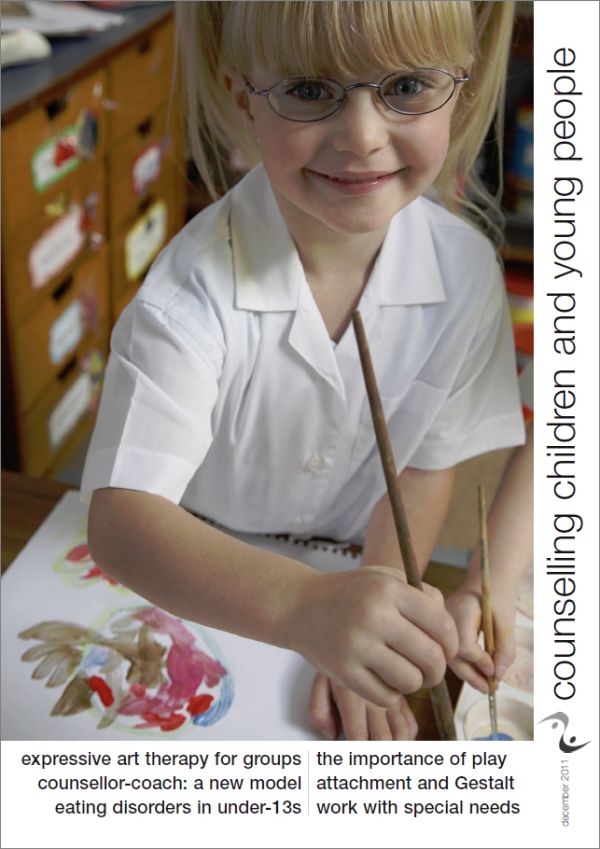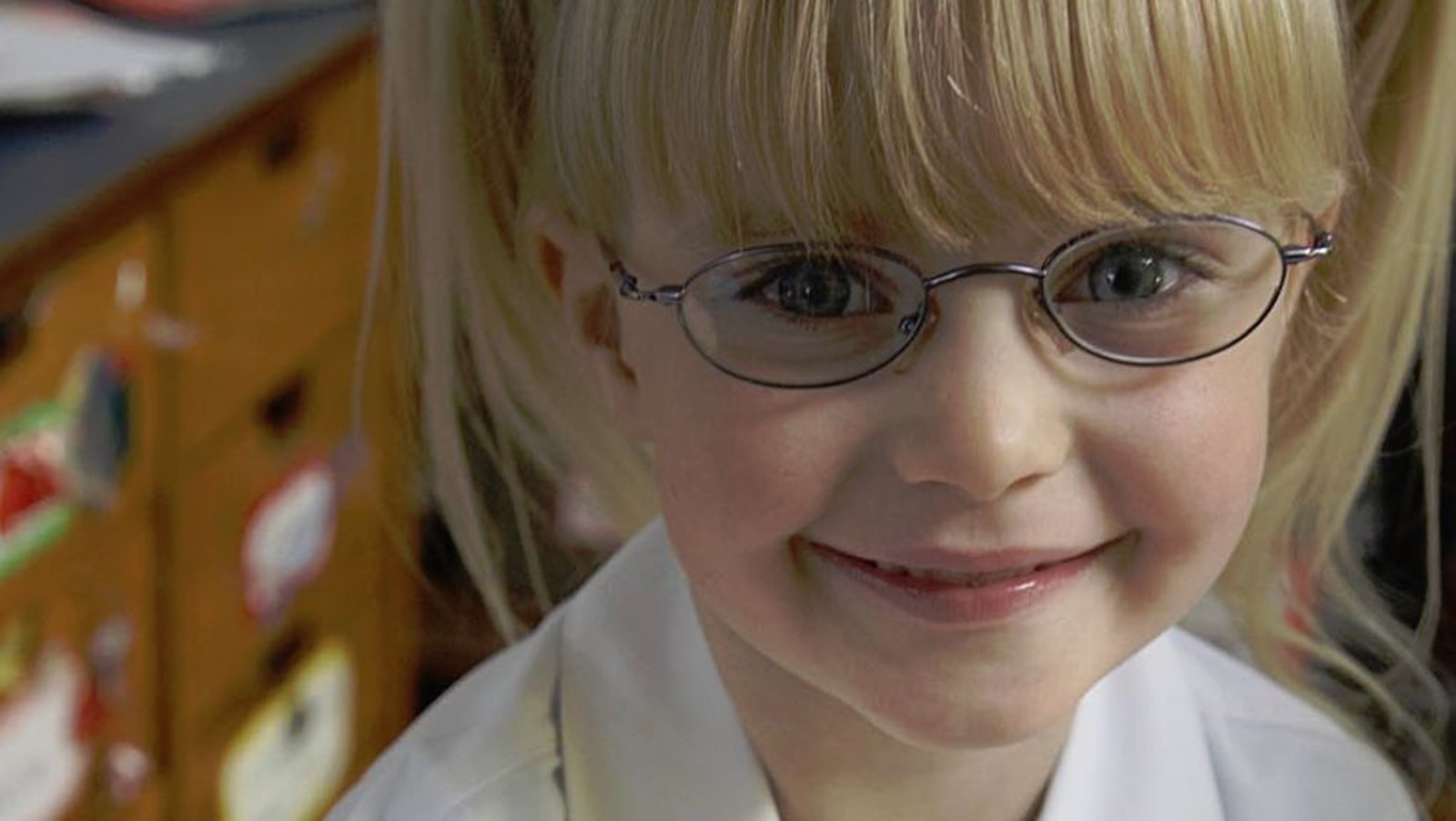In this issue
Early onset eating disorders (free article)
CCYP interviews Dasha Nicholls about her recent research
Art therapy groupwork
Narelle Smith runs an expressive arts group for children
CBT – a second look
Linda Bean found her work changed dramatically in focus after completing a CBT diploma
The counsellor-coach
Can we work to a new integrated model? asks Carolyn Mumby
Destination PhD
Val Taylor hits a mental brick wall about how to word her questions
Reflecting on… when to end
New columnist Jeanine Connor contemplates her endings
From the chair
Schools section
Setting up in a Sunderland school
by Fiona Dawson
Observation of play in a Welsh school
by Della Austin
Attachment and Gestalt work in a girls’ BESD school/children’s home in Southampton
by Cathie O’Brien
TAMHS pilot in Gateshead
by Jill Whiteford
Extending to out-of-school provision in Cardiff
by Claire Tyler
Working with special needs in London
by Annie Marson

Not all articles from this issue are available online. Divisional members and subscribers can download the pdf from the BACP Children, Young People and Families journal archive.
Welcome from the editor
The other day, I saw a fabulous mountain bike in a shop window down south, and had to remind myself sternly that north of Newcastle you need a car and rugs. But it made me think. When you first see a new bicycle, your attention is riveted on the enticing vision. Wow – I like the look of that! Then, if you have the funds and wish to go ahead, you start looking at the technical aspects – seat adjustability, tyres, gears and so on. It’s only when you take it home and get onto it that you find the bike finally offers you something creative, something more than a machine to get you from one place to another. You can whizz, you can wheelie, you can slalom, you can… anything, really.
And the connection to counselling young people is?
Well, politicians and head teachers are finally subscribing to the idea that early therapeutic intervention makes sense. And that’s the wow, I like that of the shop window vision. But then comes the reality check. And in this issue, we have very much homed in on the technical aspects of how to start and continue work in a variety of schools, how to deal with disorganised attachments, how to set up an arts group, how to acquire CBT skills to augment your toolbox, how we might work within an integrated model as counsellor-coach, and more: special needs, observation, endings, even how to crash through the mental block in researching. Most of this barely touches on the wonderful creativity that goes on in a single session. That’s post buying, when you finally own the ‘bike’ and realise with a sense of awe that having space to allow inventive wheelies and back flips was the very thing children needed in order to heal and race on. Of course, we often venture into that territory. So I make no apology for the fact that this issue is more about the gears and cogs, and watching out for issues that may be looming, such as an early onset eating disorder.
It was post-‘bike’-buying creativity that was mostly my focus when I gave a keynote at a recent MIND conference in North Staffordshire that showcased the fabulously inventive attitudes within their Younger Minds offshoot. Towards the end of my speech, I mentioned a great book, The Tygrine Cat by Inbali Iserles, in which the young cat hero, Mati, tries to behave by the feline tribal values his mum taught him: Trust your instincts, Use your judgement, and Protect the spirit of the cat. These maxims transfer well to our work, keeping us boundaried and sound whilst allowing for intuition and creativity. A bit like knowing the rules of the road and how to mend a tyre or oil the chain, so that you can go out and ride for your life, without disaster. Cogs and gears on our therapy bikes are important – hence their inclusion here – but it will still come down to us to be creative and inspired as we work and play with our clients. Even on mind-numbingly cold days this winter.
Eleanor Patrick
Editor
